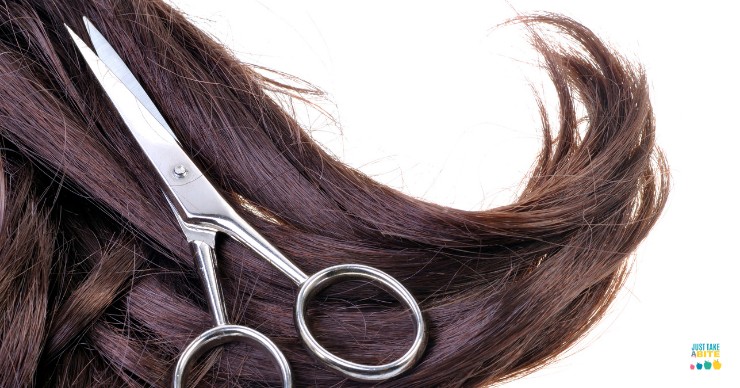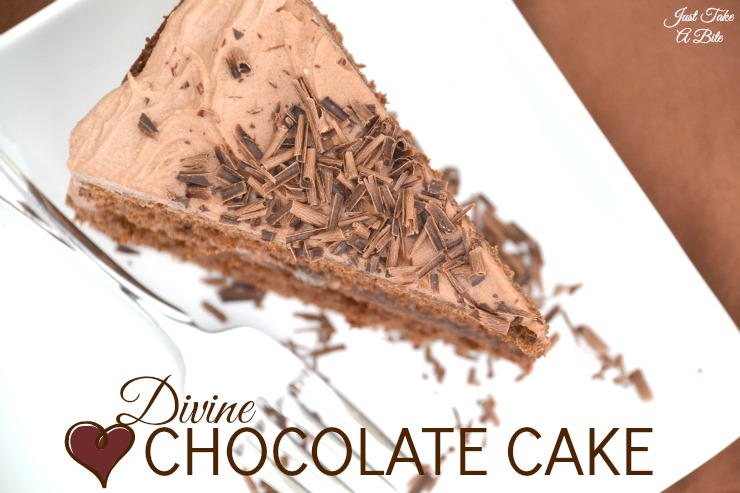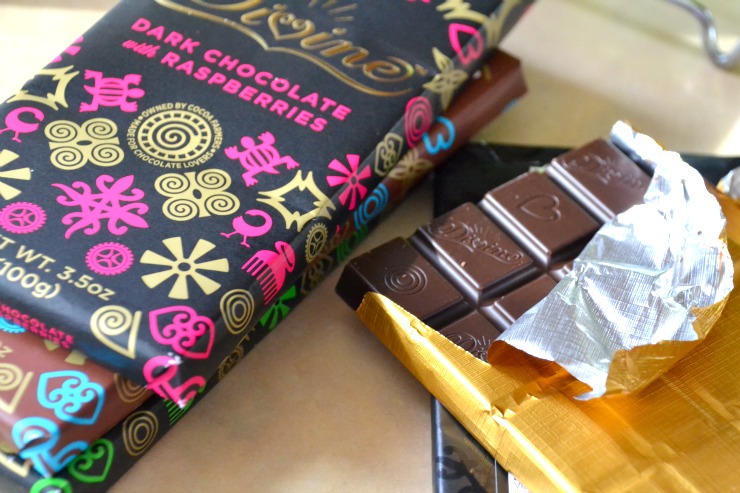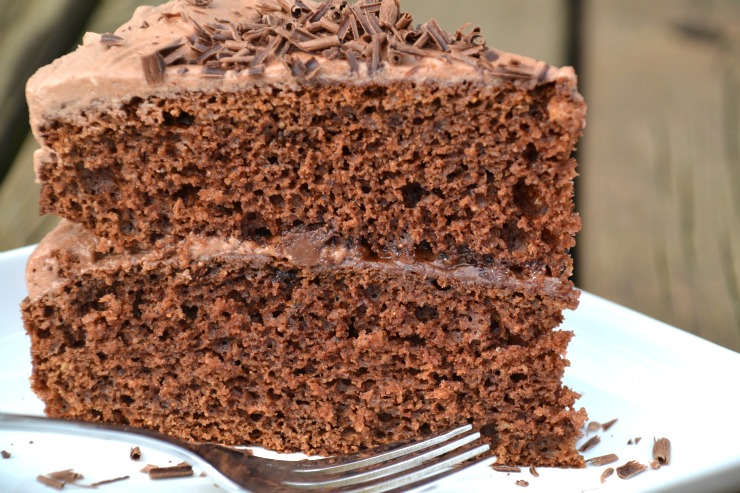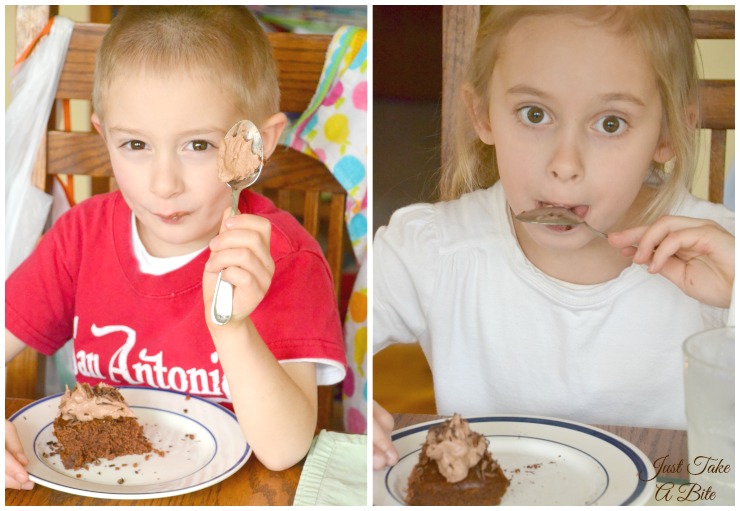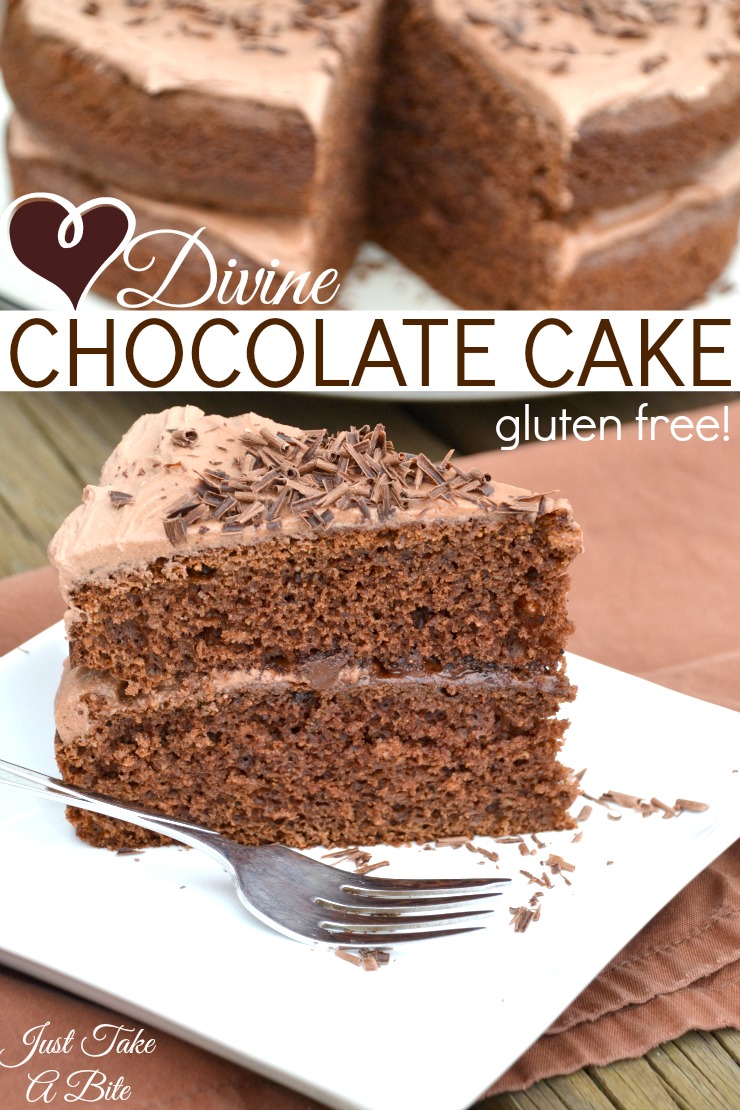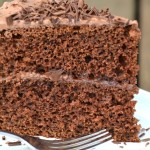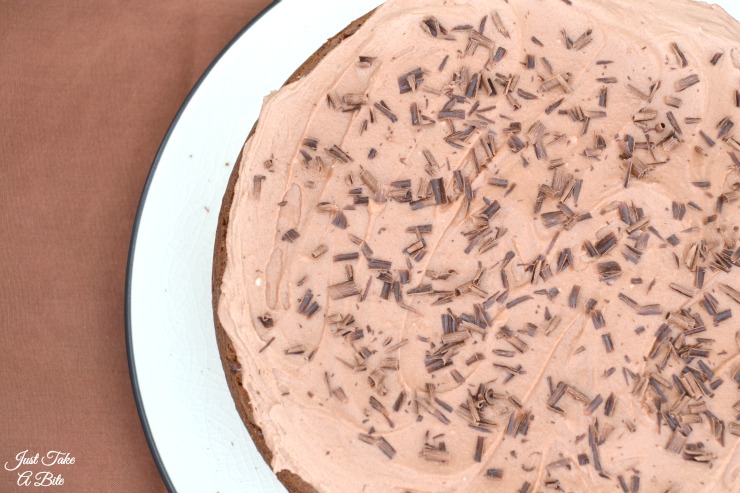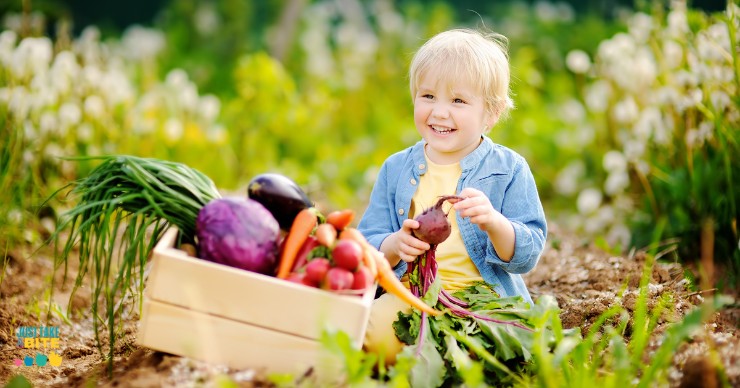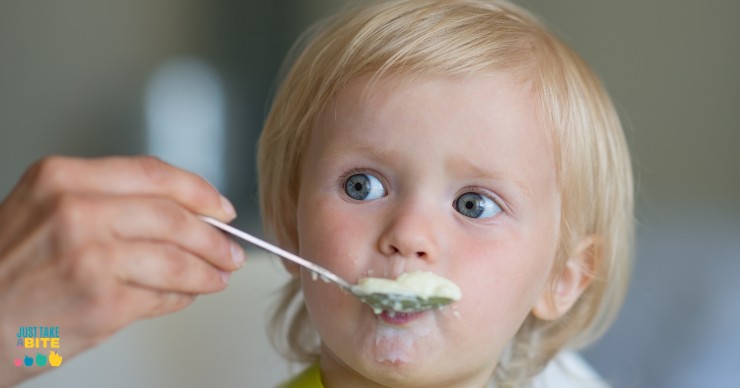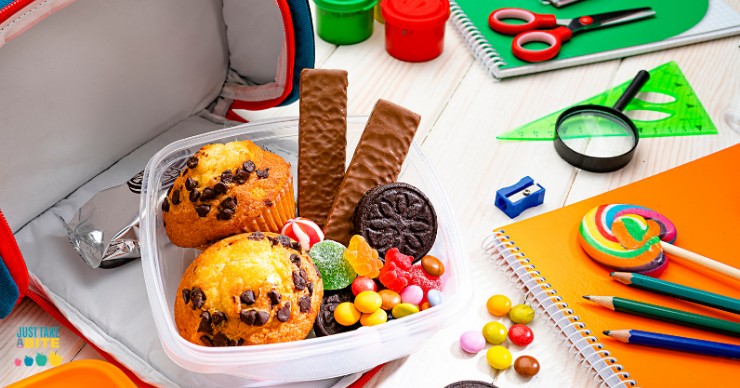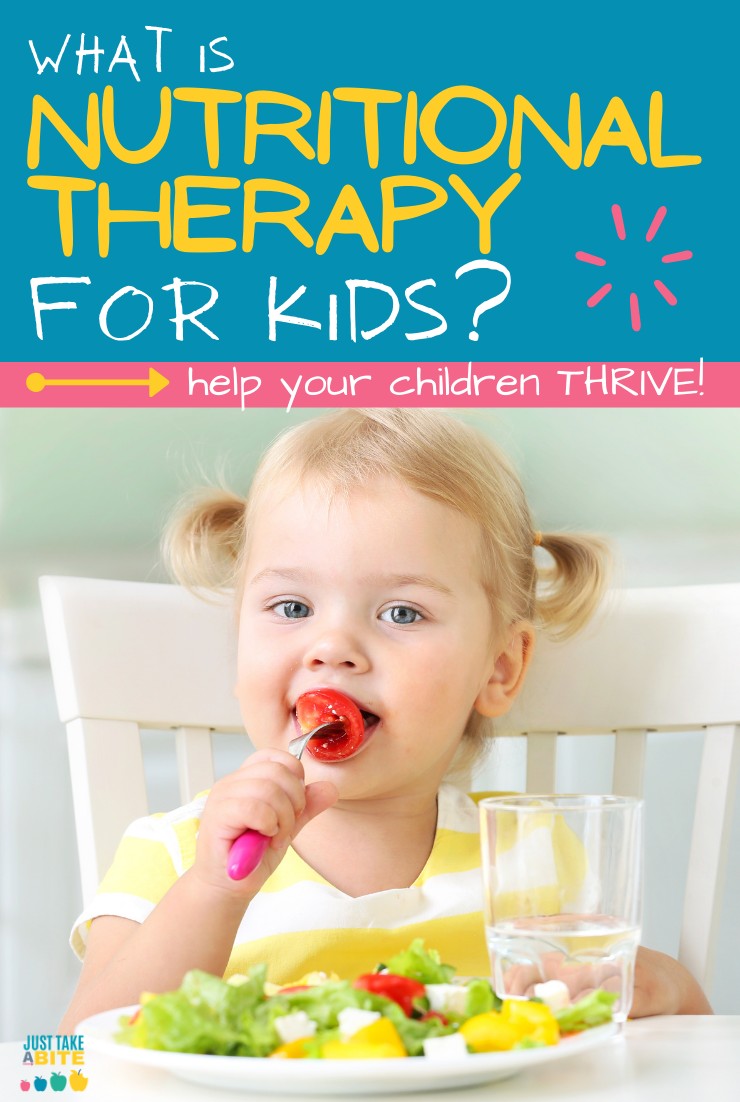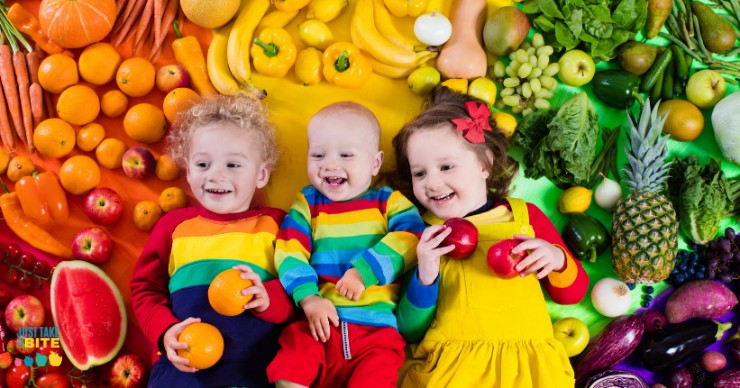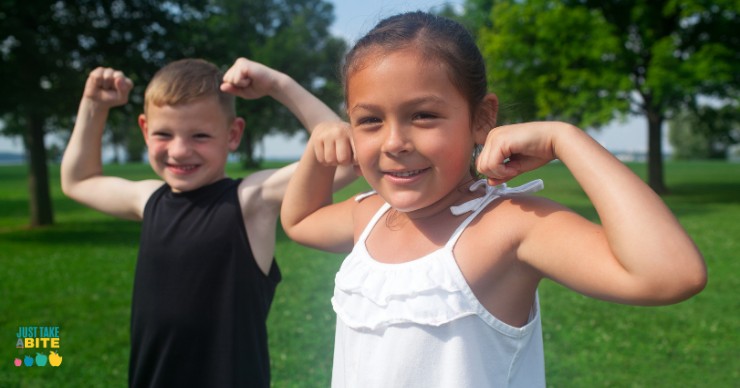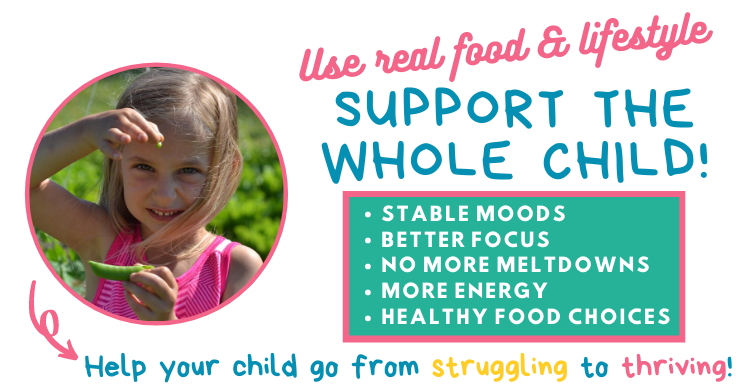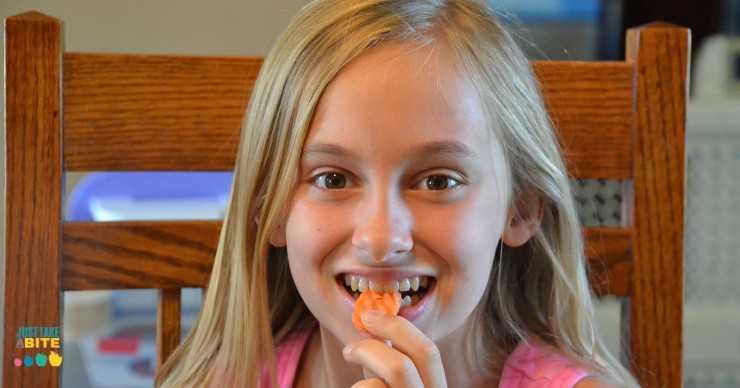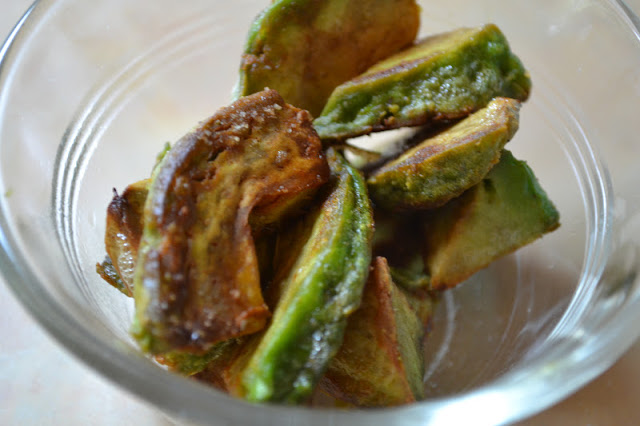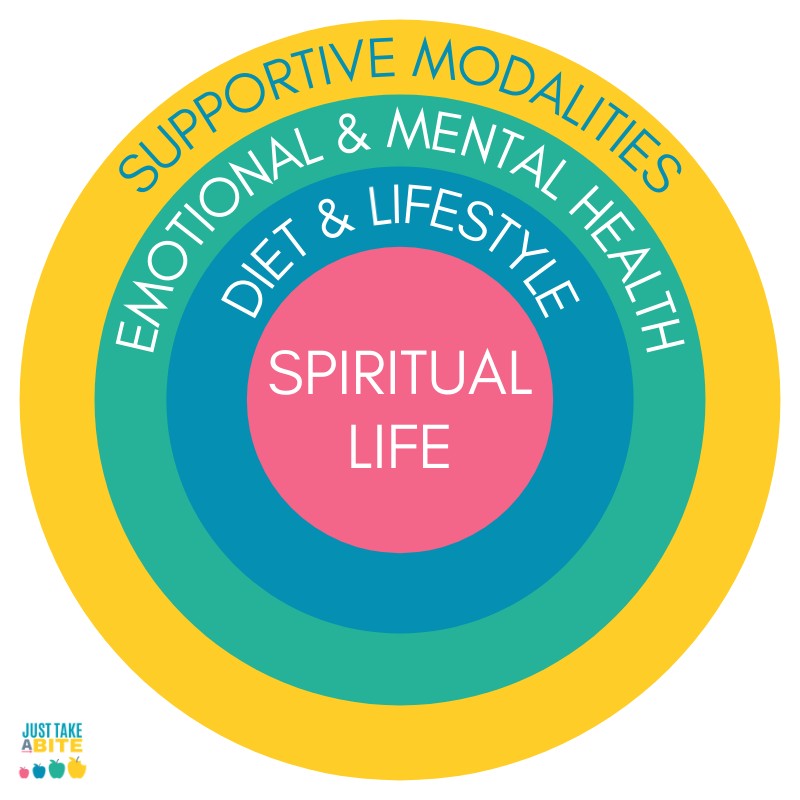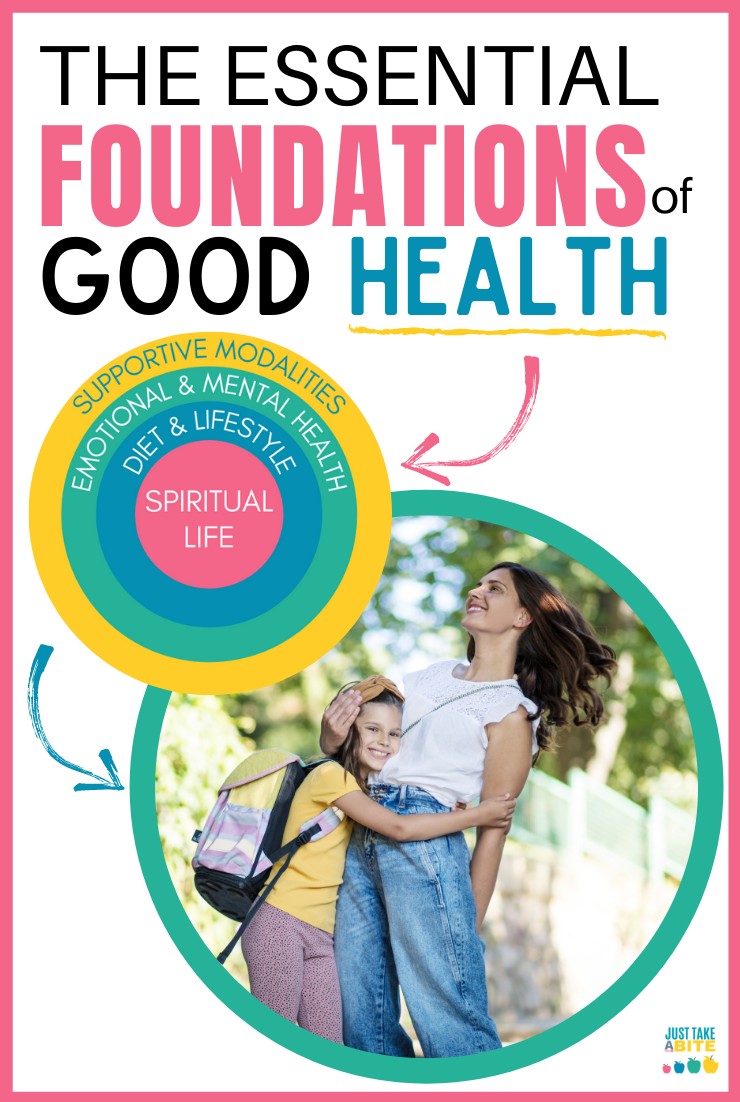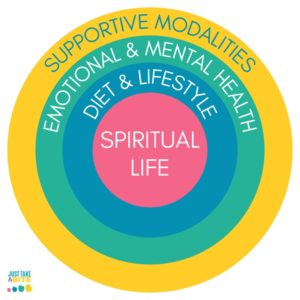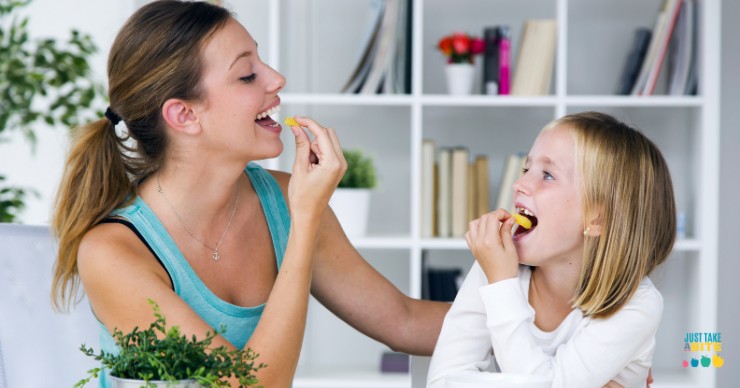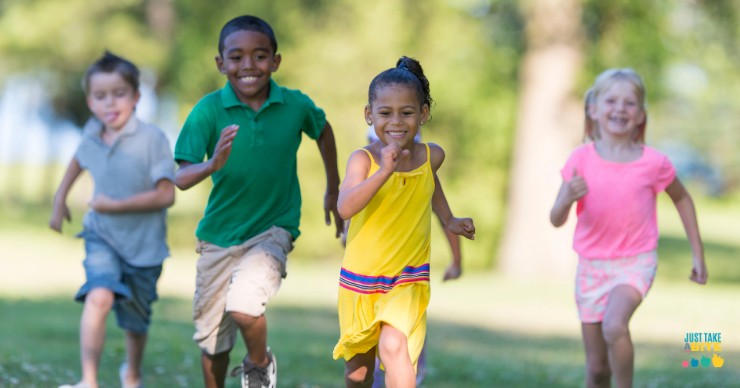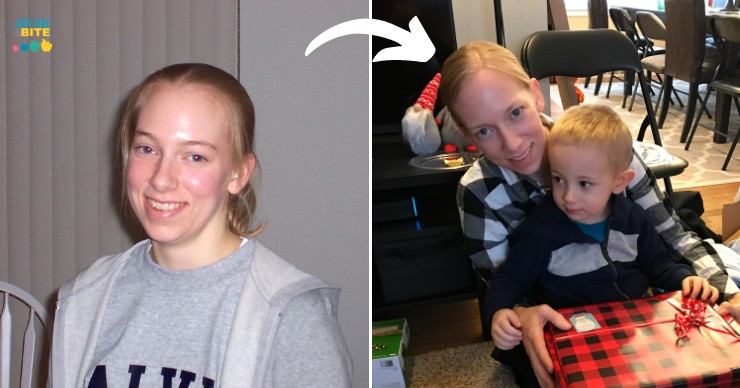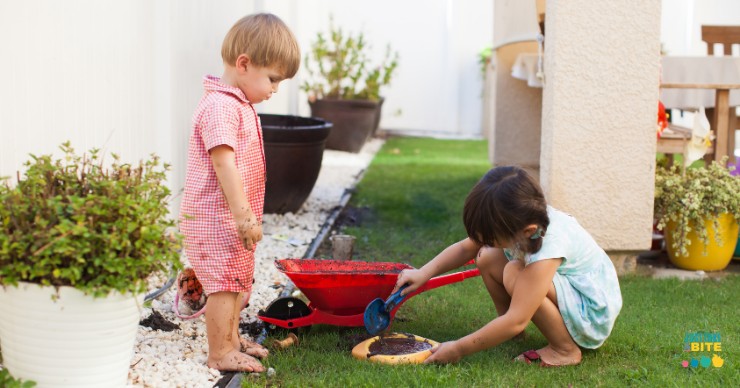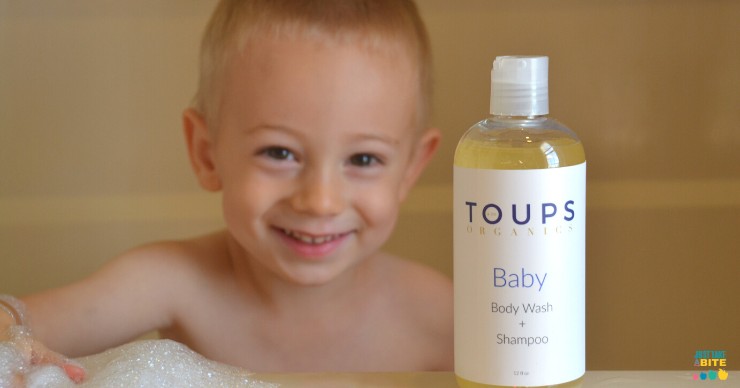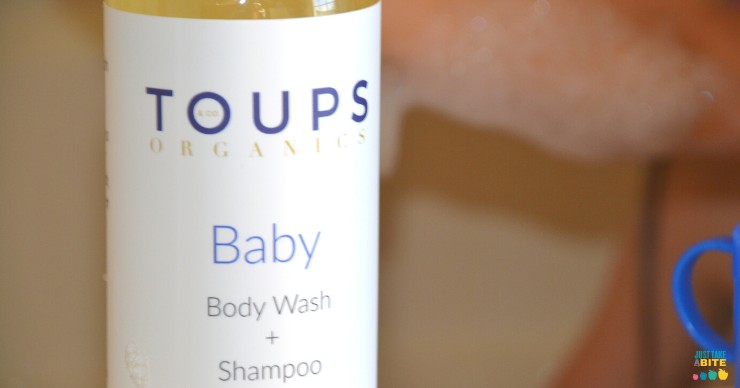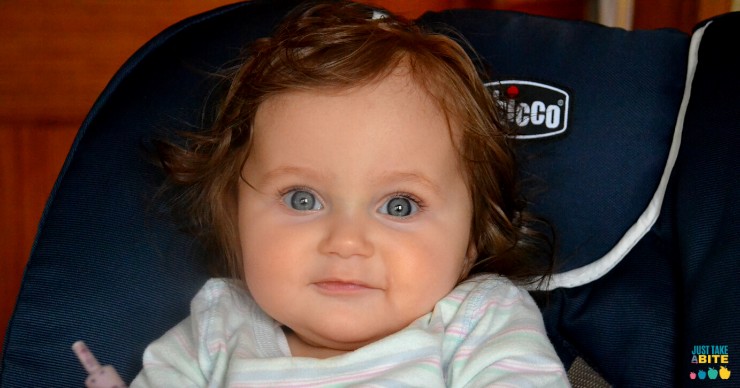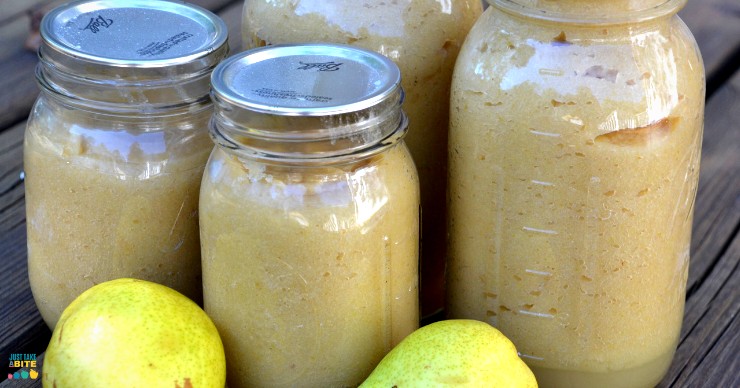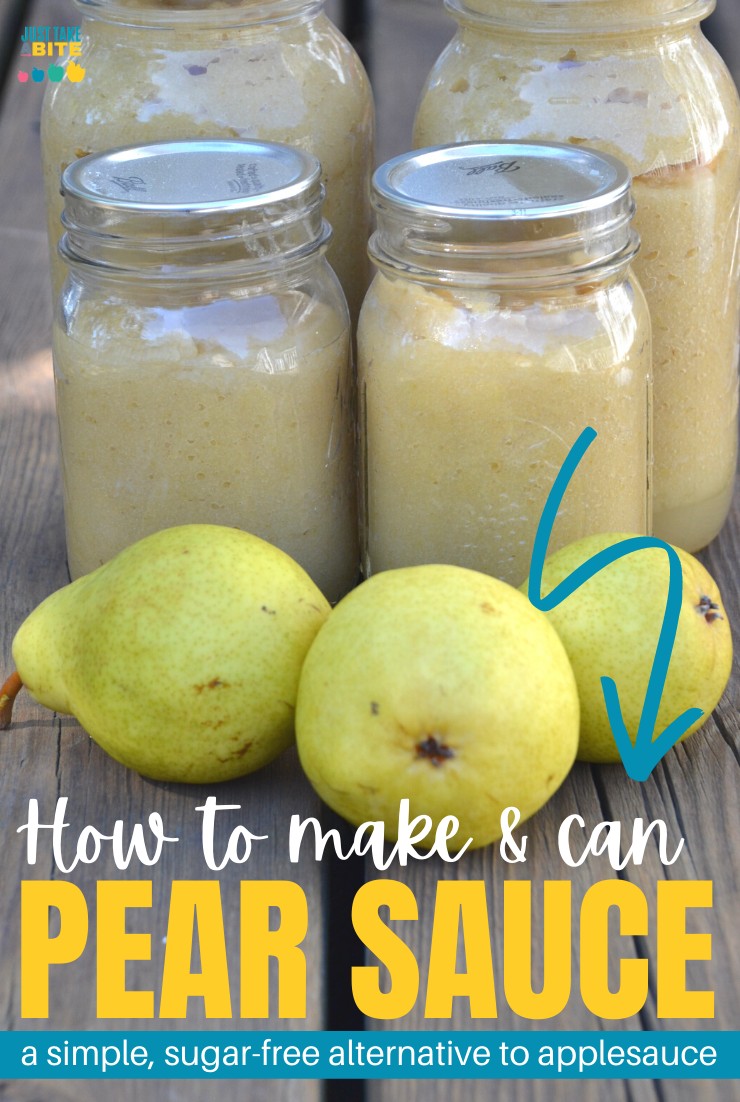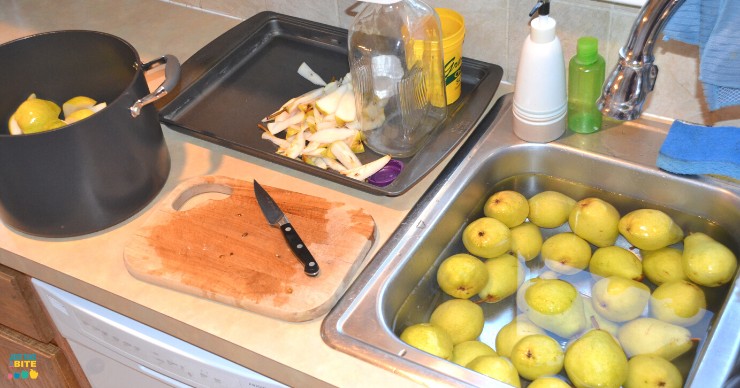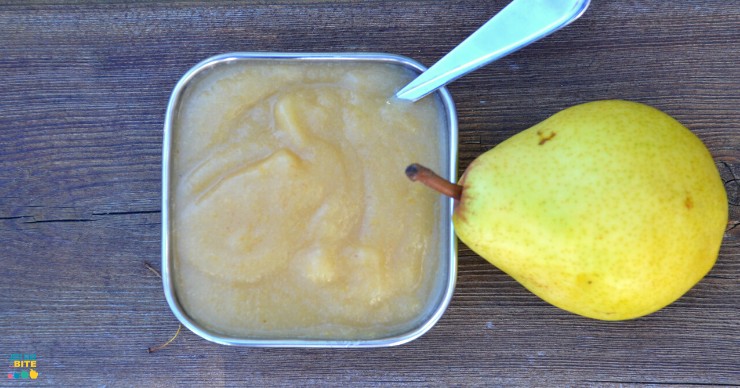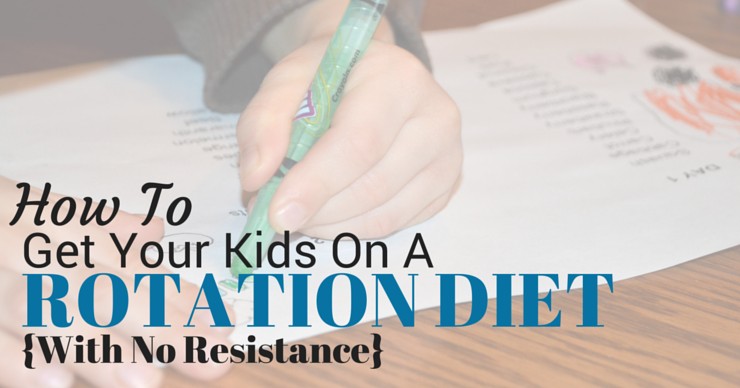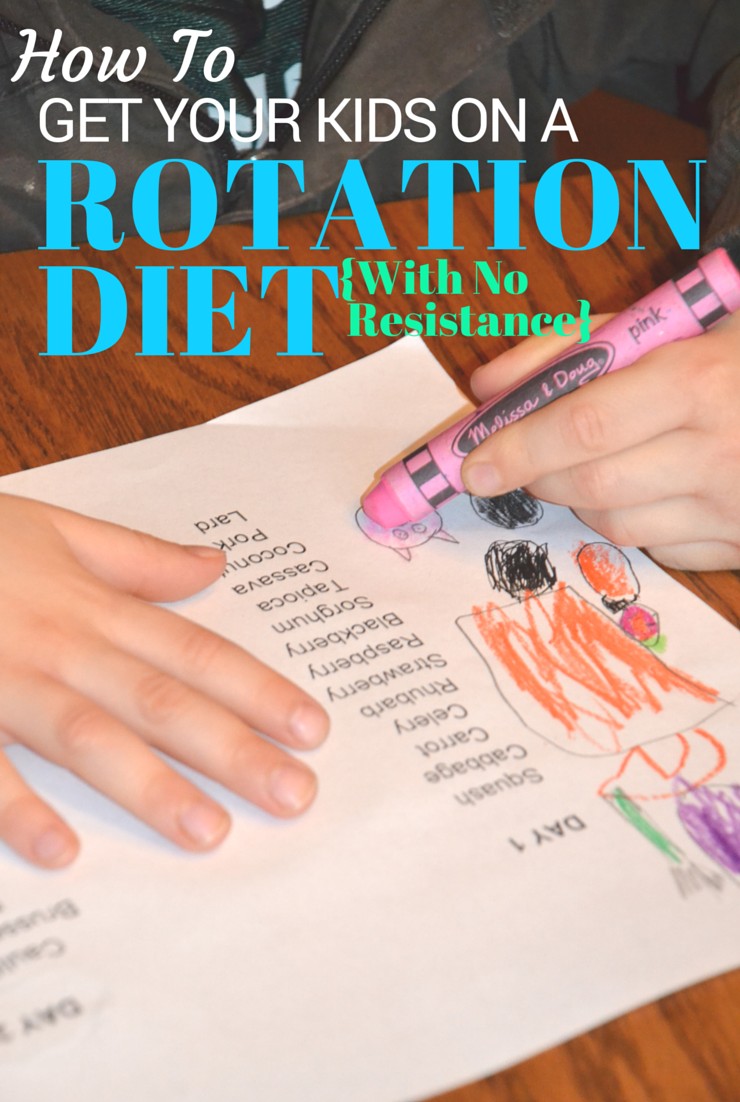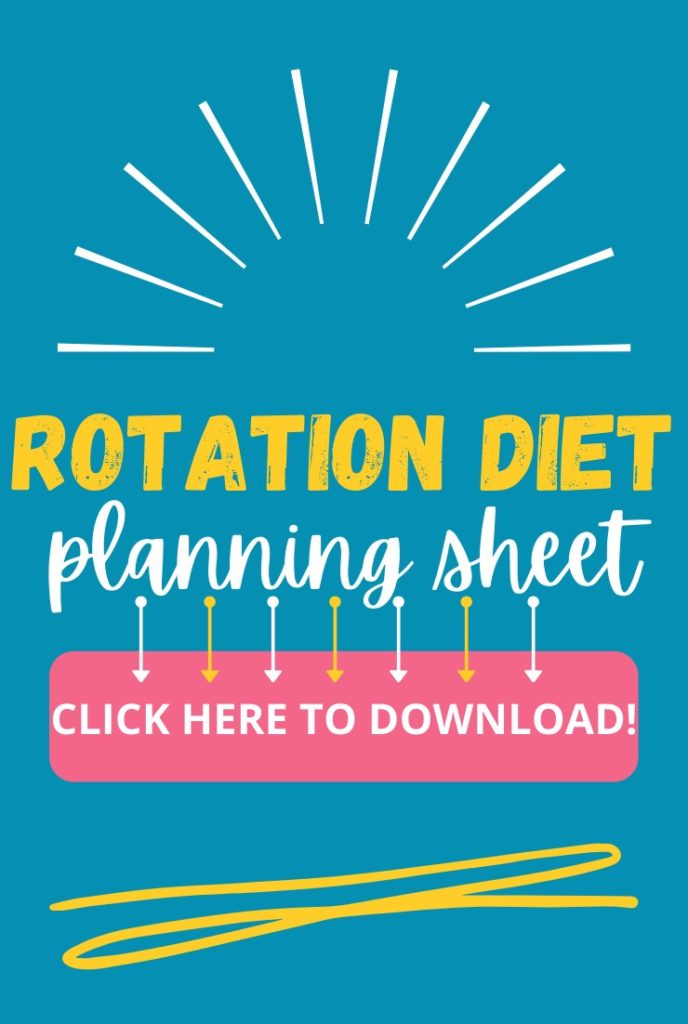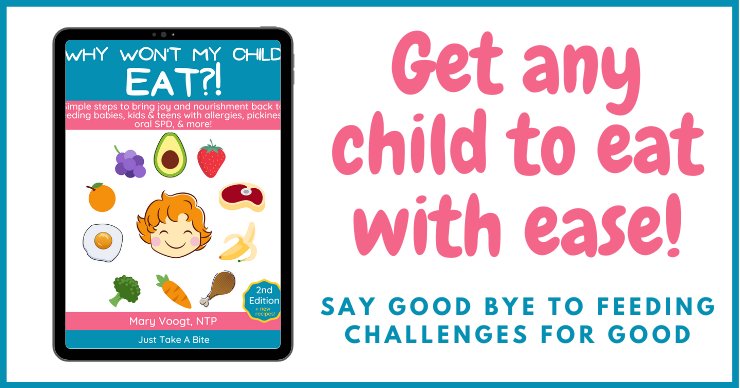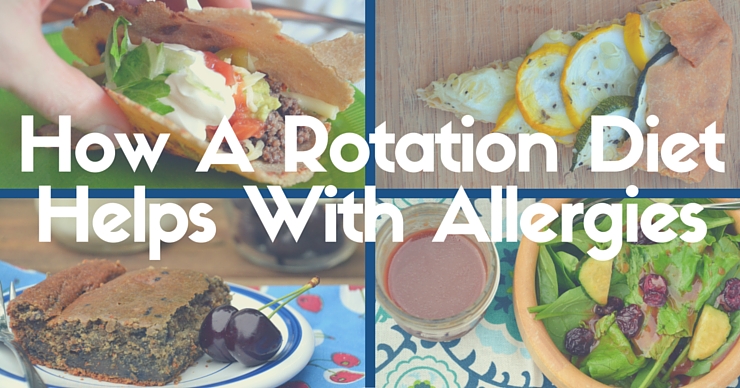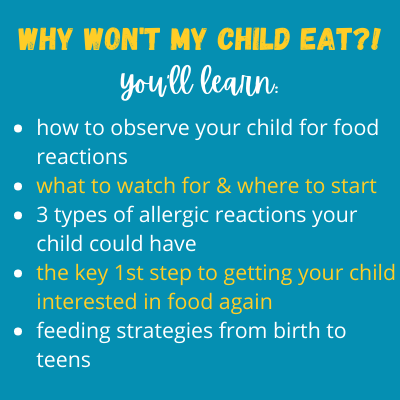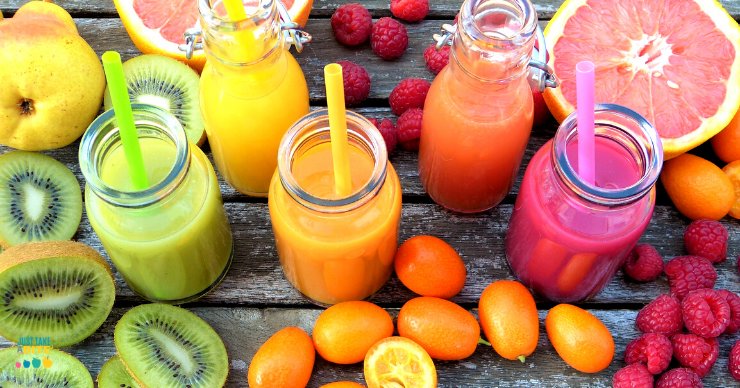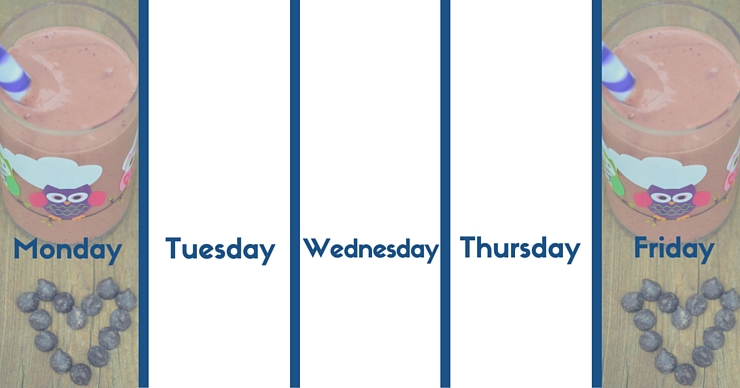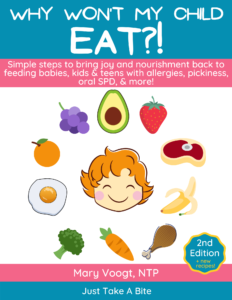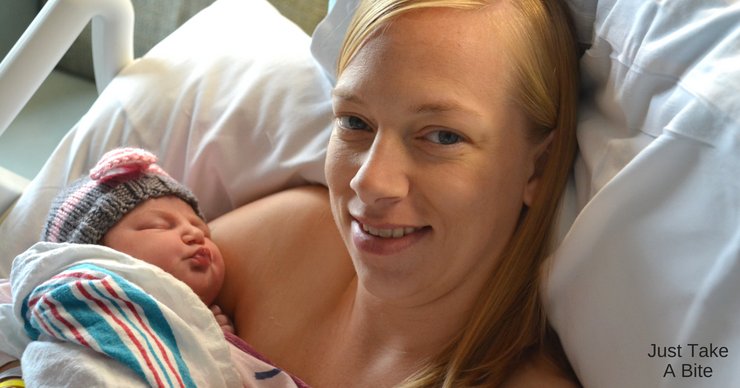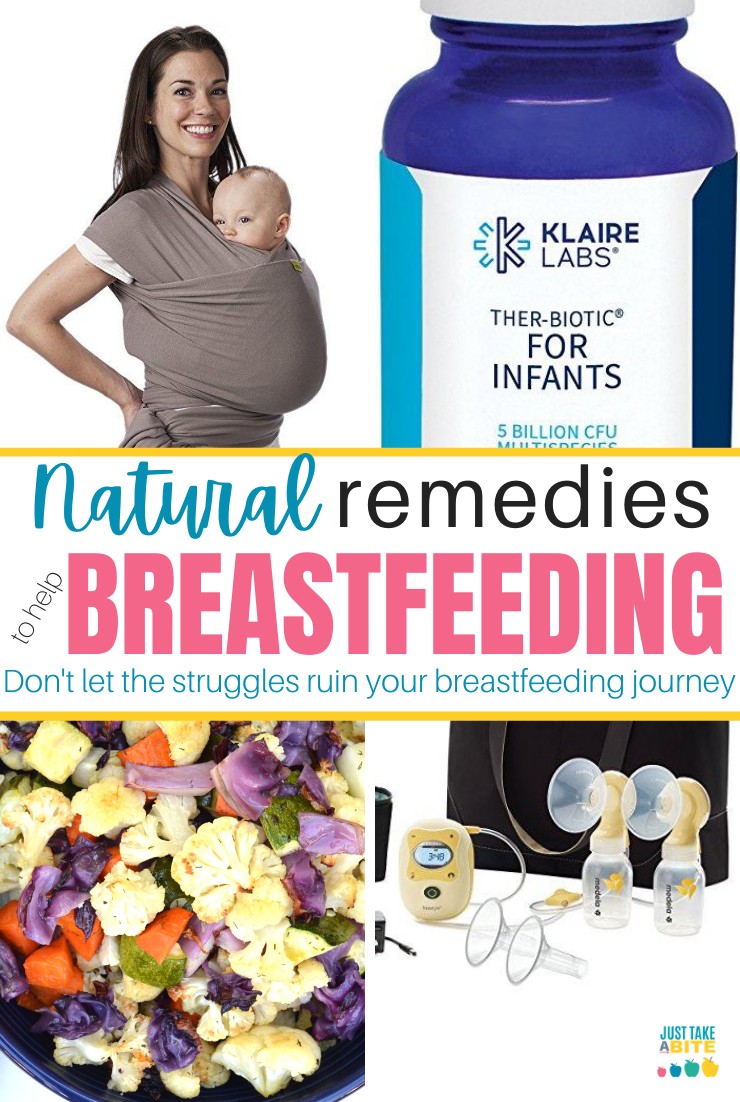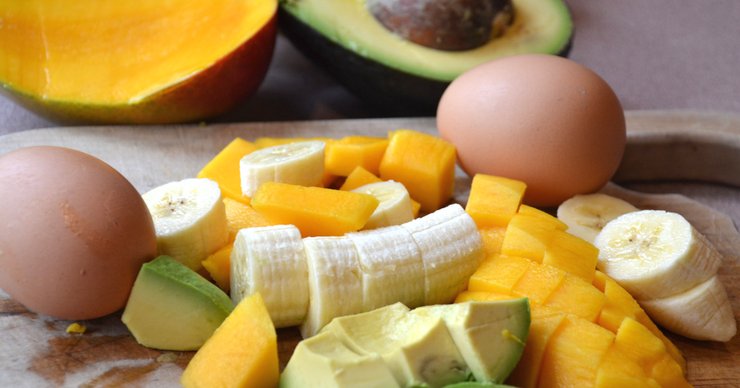HTMA for kids is a non-invasive test that uses a small hair sample for Hair Tissue Mineral Analysis. The goal of HTMA for kids is to rebuild and balance minerals while removing toxic metals in a safe and gentle way so your child can feel his or her best!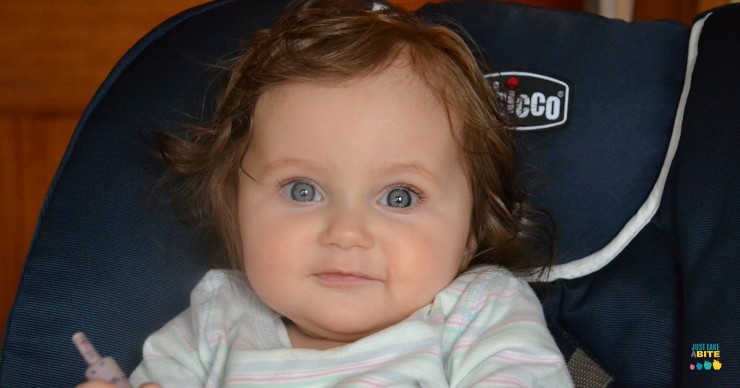
I recently talked about the health struggles we faced with our oldest. But through it all I was never concerned about her not getting enough to eat or her overall physical health.
Unfortunately we entered the world of stress, anxiety, and severe feeding challenges when my youngest daughter was born.
Being my third child, I felt pretty confident. I knew how to handle breastfeeding, sick babies, diaper blow-outs, etc.
But I was not prepared for the journey to come.
From day one my daughter could not breastfeed well. Three minutes was a “good” feed for her. She was often uncomfortable. And she slept a lot more than my other kids did as infants.
Although she was my biggest baby at birth (nine pounds!), her chubby baby status didn’t last long.
During her first year of life we learned about the profound impact of tongue and lip ties. We had them clipped twice.
I also had to restrict my diet to such a severe degree that I feared we would run out of safe food. But it was the only way she could breastfeed without screaming. And no formula was safe, so that was not an option.
She developed an allergy to coconut and all things from palm trees. Even if I took a vitamin that contained Vitamin A Palmitate she would not nurse. She would scream in pain. I could not get one speck of coconut, dairy, and many other foods in my mouth or she would react. I even stopped eating gluten-free because most gluten-free grains were off the list and we both needed to eat.
Sadly, I learned the hard way the dangers of Big Pharma’s favorite way to introduce toxic substances and heavy metals into children (I won’t use the word here). Had I not made the connection when she turned one, our outcome would have beeen much different. As it was she was convulsing in my arms, her tongue was swelling, and she could not eat.
At 18 months old my daughter was nursing every 45 minutes just to try to keep her alive. And those feedings were each just a few minutes. She rarely had a wet diaper. She hadn’t gained weight in months. I fed her a lot by syringe. But the pediatrician would not help us. He simply looked at her and said, “She looks fine to me.”
That was when I learned I had to be my duaghter’s doctor. Nobody wanted to help us.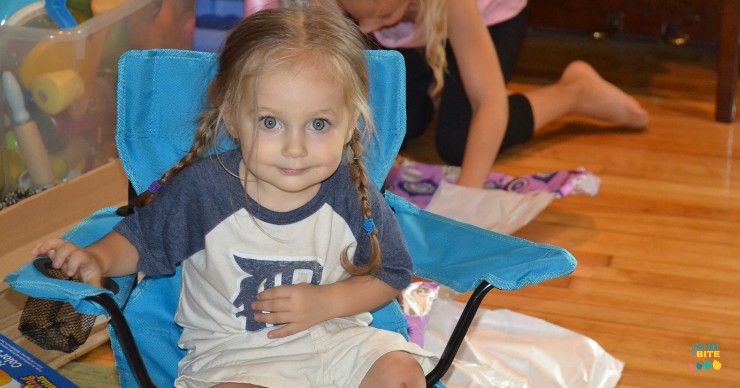
Feeding Challenges in Infants
My daughter’s story is sad, but what is even worse is that I’m not alone in my experience. I know so many other moms have been through extreme health and feeding challenges in their infants but have not gotten the support and help they need.
What do feeding challenges in infants look like?
- colic
- reflux/GERD
- silent reflux
- tongue and lip ties
- resist solid food
- inability or difficulty breastfeeding
- failure to thrive
- dehydration
- delayed development
Most pediatricians do not know how to properly diagnose or treat these symptoms.
Some may prescribe antacids, which do more harm than good in the long run. Some may suggest ways to supplement. But that is about it.
For the most part, Mom is left to struggle through on her own.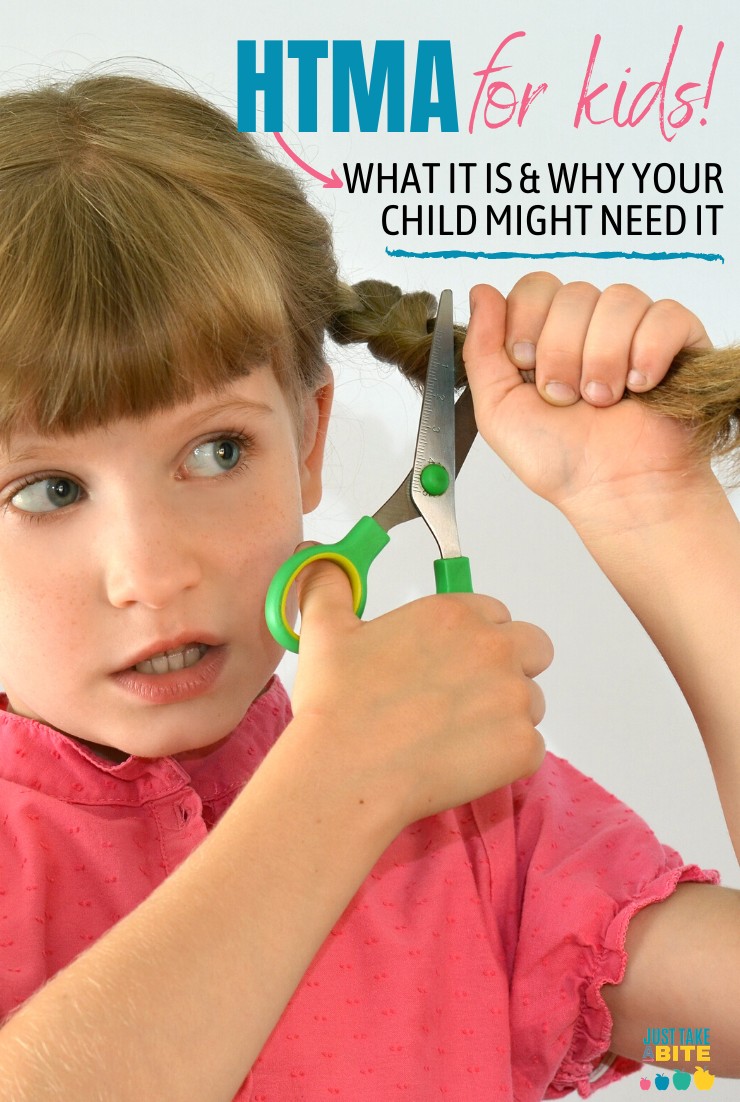
Feeding Challenges in Childhood
As your child gets a little older, things may get easier. But the feeding troubles may persist or even get worse.
What do feeding challenges in childhood look like?
- refusal to eat
- refusal to try new foods
- can’t handle certain textures
- will only eat a handful of foods
- food allergies or sensitivities
- oral sensory processing disorder
If you have a child that is labled as a “picky eater,” “problem feeder,” or “selective eater” you know what it’s like. You know the day-to-day struggles and stress.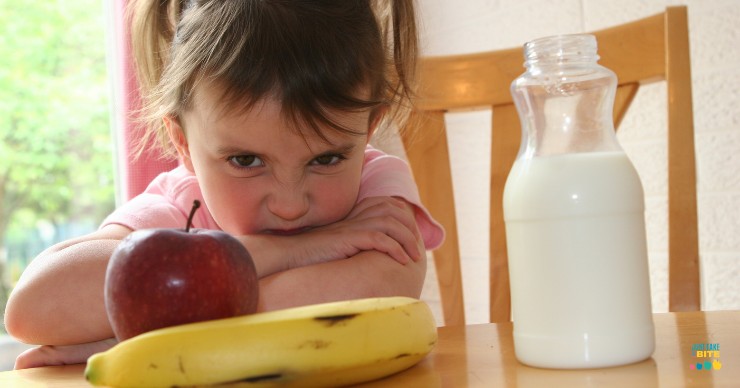
Common Childhood Disorders
What many doctors and parents don’t realize is that the picky eating is actually just the tip of the iceberg. It is a symptom of something much deeper.
It’s very rare that I have a client that struggles with feeding that does not also have one or more of the following common childhood disorders and symptoms:
- speech difficulties or delays
- developmental delays
- low weight
- rings under eyes
- sick often
- ADHD
- food allergies
- anxiety
- neurological disorder
- weak bones and/or teeth
- learning difficulties
- slow/stunted growth
- overweight
Though these may seem like separate issues on the surface, they are all connected.
Nutritional Balancing for Kids
Sadly, we have a generation of very sick kids. Although children grow up in different homes, different environments, and different cultures, the root cause of their health problems are the same.
Two of the biggest culprits of childhood disorders, including feeding challenges, is mineral imbalance and heavy metal toxicity.
This also includes overall mineral deficiency.
While I am not a fan of oversupplementing our lives, most kids these days are getting very few nutrients in their diets.
Typical kid food is void of nutrition. Then we add stress and sugar on top to deplete any minerals that were available. Even most vegetables are lacking in vitamins and minerals because our soil is so depleted of its mineral content. It’s a downward spiral into poor health that is happening at younger and younger ages.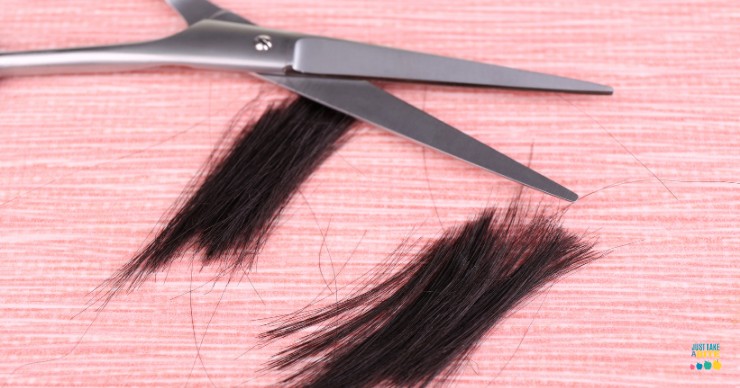
What is HTMA for Kids?
HTMA stands for Hair Tissue Mineral Analysis. And it can be a life-saver for kids.
When digging for answers, most doctors run blood tests. And that can be helpful.
But when it comes to certain minerals and heavy metals, a blood test is not accurate enough. It only gives you a snapshot of that one moment in time when the blood was drawn. And some levels fluctuate throughout the day. So you could get signficantly different results depending on when the blood was drawn.
HTMA, however, shows mineral and heavy metal patterns for a three-month window. It’s like getting an in-depth look at your child’s health.
In addition, the body will do whatever it can to keep blood levels in a very narrow range. This is a survival mechanism. If blood levels are low, the situation is serious.
But looking at tissue levels (hair), you can see if the body is actually putting the minerals where they belong or if the body is storing heavy metals.
For example, a child may have a normal blood calcium level. However, an HTMA for kids may show a very high tissue calcium level. This means that although the child’s body is maintaining a sufficient level of calcium in the blood, his or her body is also dumping calcium instead of putting it into the bones.
HTMA for kids uses a small hair sample to assess mineral and heavy metal status. It is a non-invasive procedure that is ideal for kids.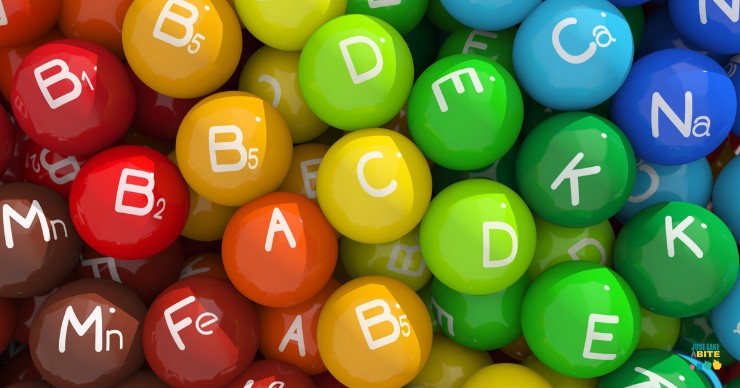
What is HTMA Used For in Kids?
Many kids these days are deficient in key minerals, have minerals that are out of balance with each other, or have heavy metals stored in their tissues at toxic levels.
Unfortunately, when minerals are not present, heavy metals take their place, making it harder for the body to remove the metals.
The goal of HTMA for kids is to restore the balance of key minerals and support the body in removing heavy metals.
This is not a detox program.
This is simply giving the body what it needs in order for it to function properly and remove what it does not need. In other words, the goal is to balance and restore.
Heavy metals and mineral imbalance can both contribute to a host of symptoms, such as those mentioned above. They can also be the cause of food reactions. Rebalancing a child’s minerals allows him or her to think better, feel more energetic, and act like a kid.
Child Hair Tissue Mineral Analysis
When my daughter was one, I was searching and searching for answers and help. I came across HTMA.
At the time I was really struggling with my own health as well. I could hardly eat anything due to my daughter’s restrictions, and I was so stressed that I had daily heart palpitations. I knew I was so out of balance.
I started by doing HTMA for myself in order to get both my daughter and I back in balance. We made slow progress because there were very few safe supplements and such a limited diet.
But I did learn some key information about how Vitamin D suppelements were harming us. I was able to add desiccated liver (use the code TAKE10 for 10% off) to our diets, and it was truly a life-saver for my daughter.
By doing HTMA I was able to make some simple changes that had a profound impact. My daughter got some key nutrients while allowing her body to remove some heavy metals.
As we turned the corner we were able to gradually add more foods to our diet and continued to make progress.
A couple years later I did HTMA for my daughter herself. Once again we were able to keep balancing her minerals and watch her health steadily improve.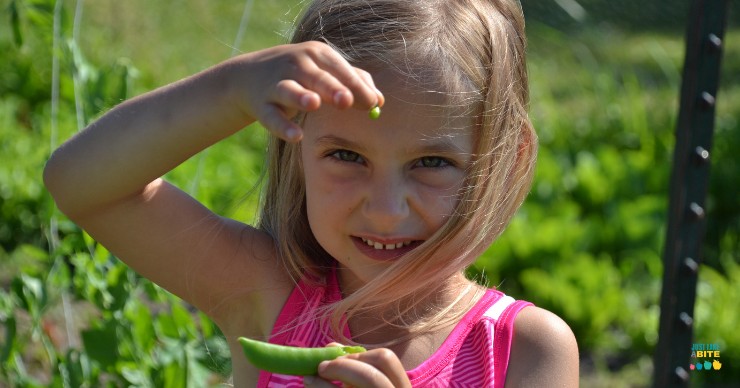
She is now six years old and a very active and energetic little girl. She has almost completely eliminated her food restrictions.
What could have turned into a tragic story instead became one of hope and healing.
Mineral Balncing for Kids
Even though we have come so far from that little infant struggling to survive, we still have work to do. My daughter is my only child that battles severe leg pains at times and has some cavities (likely due to Vitamin D supplements). We will continue to use HTMA to get her minerals in balance and remove toxins. But I know that she has a bright future thanks to HTMA for kids!
Does HTMA sound like a good fit for you and your kids? Are you ready to end the constant worry and struggle when it comes to nourishing your kids? I’d love to help!
Learn more about my HTMA programs HERE!
You can also email me or schecule a 15-minute Clarity Call to learn more.
So far we have talked about the foundations of good health, Nutritional Therapy for kids, and HTMA for kids – the physical aspects of health. But there is still more! There is a huge mental aspect of a child’s health. Even as an infant, a child can develop psychological blocks. Learn more about Nervous System Regulation for Kids!

